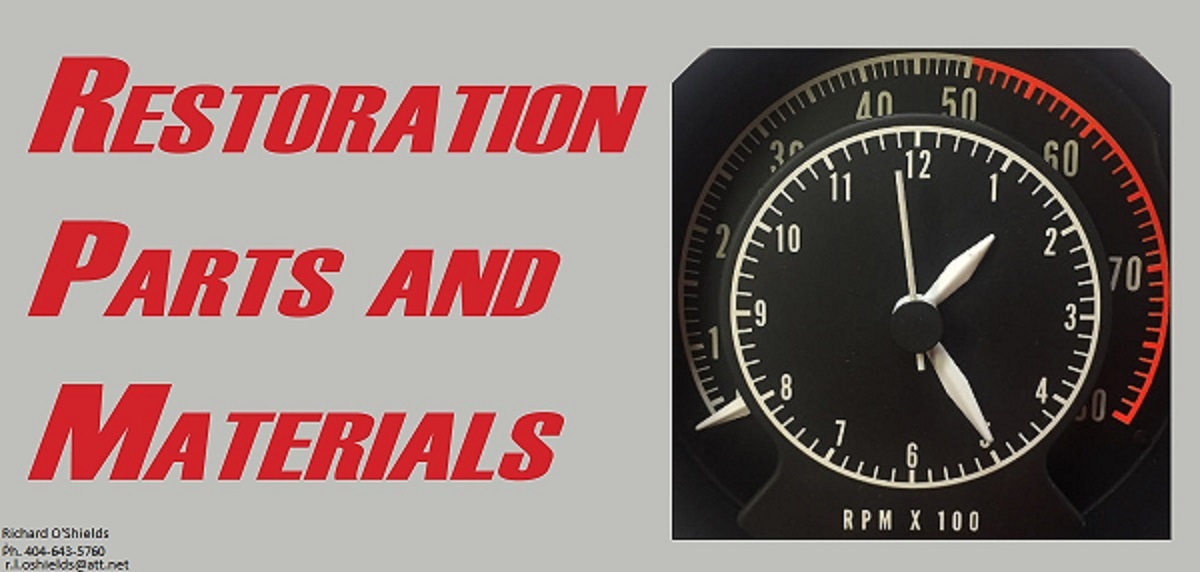Ram Fury
Member
Furious and Sgt. Fury --
It looks there is a little of everything in this issue. From a couple of sources, including an original Ramcharger, I've found that when the first ram cars were coming down any of the production lines, the inner fender wells were "hand-modified" much in the fashion of the floorpans of the '65 Sport Fury had to be individually hand sawn to accept the shift linkage for the 4-speed manual (the rough cut is very obvious on my '65 426S SF), and the "removable" panel just sort of tacked back on afters. Since there were only some 1500 SonoRamic Plymouths in all of the 1960 model year, you can see why this was not a big issue at the start. Later on, the process was more formalized, but no document exists as to when this happened or what kind of tech instruction was given to cover the procedure and no part numbers were assigned to the lower panels. I do have the distinct impression that as the first ram car (hopefully it was a "Mule" or test car) was being dropped on its engine, someone suddenly realized there was an "OPPS!" and so that's how the trusty saw came out. However, factory reps did advise, on an informal basis, the dealers that the panels could be removed to change plugs as no written tech instruction appears to have been issued. When I acquired my first SonoRamic Commando in May 1960, I was told by the dealer's shop foreman shortly thereafter the reason for the panel was to facilitate plug changing.
Now as to the black (or non-body color) engine bays, according to Darrell Davis, this may have resulted from some damage occurring there at the factory (which was not that unusual), so the damaged parts would be replaced from stock. Evidently this happen at any plant and cannot be identified with any individual one. As you can tell, my current Big-Tailed Beast has the black engine bay. Darrell Davis thinks it may well have been a Mule for the St. Louis plant as it has very early parts (the swivel seats are '59 models) and it got its front end bashed about a bit there. After repair, it may well have been shipped to Colorado on 10-25-59 and then given to a factory rep (as was often done with such cars). Although I have the original invoice from Bill Goodro, there is no mileage indicated.
As to additional copies of Darrell's guides, no luck. Since you have a copy of the '61 guide, does he address the issue of the 413s in '65 being "Dealer Installed Options" rather than RPOs?
All in all, this has been very interesting.
Joe
It looks there is a little of everything in this issue. From a couple of sources, including an original Ramcharger, I've found that when the first ram cars were coming down any of the production lines, the inner fender wells were "hand-modified" much in the fashion of the floorpans of the '65 Sport Fury had to be individually hand sawn to accept the shift linkage for the 4-speed manual (the rough cut is very obvious on my '65 426S SF), and the "removable" panel just sort of tacked back on afters. Since there were only some 1500 SonoRamic Plymouths in all of the 1960 model year, you can see why this was not a big issue at the start. Later on, the process was more formalized, but no document exists as to when this happened or what kind of tech instruction was given to cover the procedure and no part numbers were assigned to the lower panels. I do have the distinct impression that as the first ram car (hopefully it was a "Mule" or test car) was being dropped on its engine, someone suddenly realized there was an "OPPS!" and so that's how the trusty saw came out. However, factory reps did advise, on an informal basis, the dealers that the panels could be removed to change plugs as no written tech instruction appears to have been issued. When I acquired my first SonoRamic Commando in May 1960, I was told by the dealer's shop foreman shortly thereafter the reason for the panel was to facilitate plug changing.
Now as to the black (or non-body color) engine bays, according to Darrell Davis, this may have resulted from some damage occurring there at the factory (which was not that unusual), so the damaged parts would be replaced from stock. Evidently this happen at any plant and cannot be identified with any individual one. As you can tell, my current Big-Tailed Beast has the black engine bay. Darrell Davis thinks it may well have been a Mule for the St. Louis plant as it has very early parts (the swivel seats are '59 models) and it got its front end bashed about a bit there. After repair, it may well have been shipped to Colorado on 10-25-59 and then given to a factory rep (as was often done with such cars). Although I have the original invoice from Bill Goodro, there is no mileage indicated.
As to additional copies of Darrell's guides, no luck. Since you have a copy of the '61 guide, does he address the issue of the 413s in '65 being "Dealer Installed Options" rather than RPOs?
All in all, this has been very interesting.
Joe
Last edited:
















